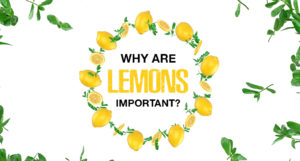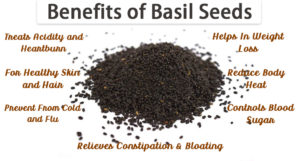Since our childhood, we are used to eating a variety of foods for each meal. However, skyrocketing prices of essential food commodities have made it difficult to pick all those varieties of fruits and vegetables.
In June, India experienced a rise in retail inflation, which reached a three-month high of 4.81%, compared to 4.31% in May. The increase was primarily driven by a surge in food price inflation, which escalated to 4.5% from less than 3% in the previous month. The higher food prices were attributed to the growing expenses incurred by households for essential items such as cereals, pulses, milk, and tomatoes.
In the past week, the soaring prices of tomatoes have been extensively covered in media headlines. Interestingly, the Reserve Bank of India (RBI) featured an article about tomatoes in its RBI Bulletin, which garnered considerable attention. In an article titled ‘State of the Economy’, the RBI termed the spiralling food prices a matter of “major concern” and called for improving the supply chains to manage the inflation volatility.
Tomato production dropped by 31% this year, pushing prices to as high as ₹100-200 a kg. The recent surge in tomato prices has been caused by crop damage from adverse weather conditions and pest infestations in major production areas. The impact of these price increases on households’ budgets has been noteworthy. After reaching an all-time high of ₹250 per kg, tomato prices have seen a slight decline to ₹180 per kg. However, they remain beyond the reach of many middle-class households. The significant price surge has compelled residents to make adjustments to their menus and cut down on tomato consumption in response to the affordability challenge. However, the RBI bulletin assures consumers that the price hikes are short-lived.
Apart from tomatoes, other essential kitchen staples like coriander, ginger, garlic, beans, and even chillies are witnessing significant price hikes, putting a strain on consumer kitchen budgets and causing them considerable difficulties.
Coriander, once considered an everyday kitchen staple, is now commanding a price of ₹220 per kg in city markets, leaving consumers surprised. Equally, ginger is being sold at ₹250–300 per kg, while garlic is priced at ₹200 per kg. The scarcity of beans has driven online prices up to ₹160 per kg. As for chillies, their cost has skyrocketed from ₹40–50 per kg to a whopping ₹120–100 per kg, making them a luxury item that consumers are hesitant to buy from their vendors.
The reason behind this surge is the change in weather, such as the untimely rains leading to flooding. These climate-related disruptions have caused lower supply and higher prices of food commodities. Issues in the food supply chain, such as transportation disruptions or disruptions caused by natural disasters have also impacted the availability and cost of food products.
This issue became a hot topic of discussion on social media, with actor Suniel Shetty saying he had compromised his diet after tomato prices rose.
Uorfi Javed has once again captivated the internet with her unique sense of style, and this time, she used her Instagram post to make a statement about the escalating tomato prices in the country. The actor and social media personality adorned herself with tomatoes worn as earrings, playfully referring to them as the ‘new gold’.
So, how are you keeping up with the recent rise in food prices, what changes have you made to your eating habits?








